
Bruce Gilden’s photo series about foreclosed homes, which will be presented this weekend by the Magnum Foundation as part of the Photoville 2012 festival, is a departure from the photographer’s usual working style—and not just because this exhibition is going to be held in a shipping container.
“It’s the only piece I’ve ever done that could be considered photojournalistic, because I work generally like a poet,” Gilden says, meaning that he went into the project with a point of view rather than just looking for people or things that caught his eye. “I take pictures of what I feel, but this is a direct thing: I’m going to photograph houses that are foreclosed.”
Gilden got started on the topic in 2008, as part of a Magnum Foundation Emergency Fund effort to revisit a 1960s project; the idea was that President Obama might present a parallel to President Kennedy, and that it was a good time to look at the state of the country. Gilden intended to go to Florida and photograph the people of Miami Beach, but his wife suggested that foreclosures might be a more appropriate subject. “I didn’t even know really what foreclosure was,” he remembers. “But I went down and did foreclosures, and as I started to do it I started to get annoyed, because I saw it’s like legalized thievery.”He subsequently began to study up on the topic—he says he has now read 20 books on the topic, throws around words like “tranche” and can cite foreclosure rates by state—and the annoyance turned to anger. That anger became the message of the photographs. “I’m not on the one-percent side,” he says.
Video about the project from Gilden’s Kickstarter page
Some people do take advantage of the mortgage crisis as a scam, he says, but mostly it’s the bankers who he sees benefitting. “This just showed me how people in our country get used and abused,” he says. He cites one woman he met in Las Vegas, who earned $40,000 a year and received a $360,000 mortgage; “I mean, you must be kidding me,” he says. He admits that it’s not smart to take such an offer, but in a scenario where banks can get rid of bad mortgages rather than suffering from them, he sees incentive for those in power to convince individuals to take loans they can’t handle.
In the time since Gilden began photographing foreclosed houses, he says the problem has gotten worse. The original photographs of Florida have expanded to include several other states, including Nevada, which he recently visited on a Kickstarter-funded trip. The people he’s met along the way, people who feel taken advantage of, are eager to tell their stories in the interviews he conducts along with his photography. But he says he doesn’t plan to work on this series indefinitely. Next, he’d like to capture the step that sometimes follows foreclosure, life as a long-term resident of a motel. And he doesn’t see improvement coming any time soon: if the people capable of changing the situation benefit from the status quo, he says, why would they ever make those changes?
So even though this recent work is a departure from Gilden’s typical style and process, his interest is consistent when it comes to what he calls the dark side of life. “It’s great to wake up every morning because the world is great,” he says, “but it’s not a wonderful place for everyone.”
More information about Bruce Gilden’s No Place Like Home is available here, through the Magnum Foundation. The Photoville exhibition will be shown June 22 – July 1 in Brooklyn, New York; more information about the festival is available here.
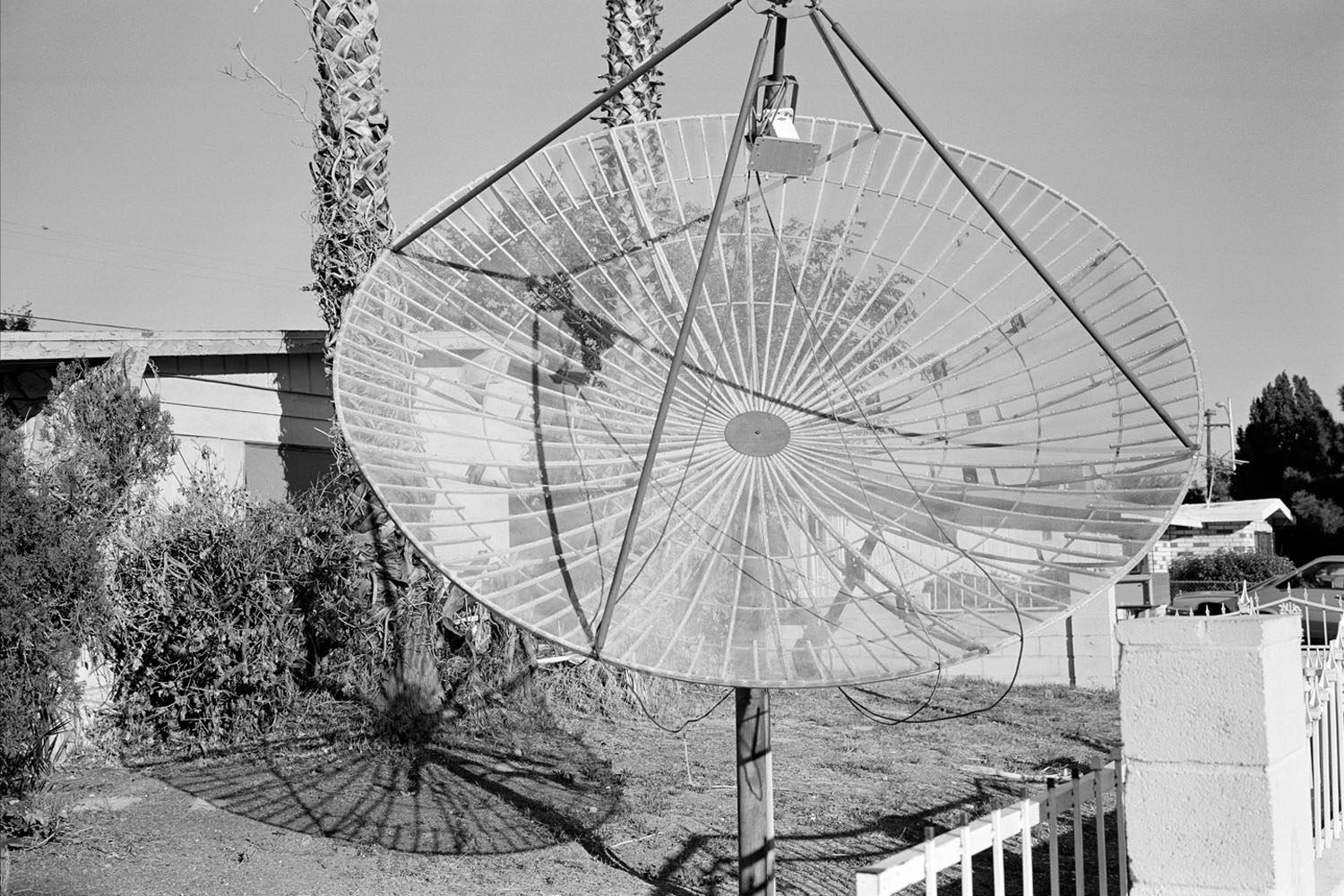

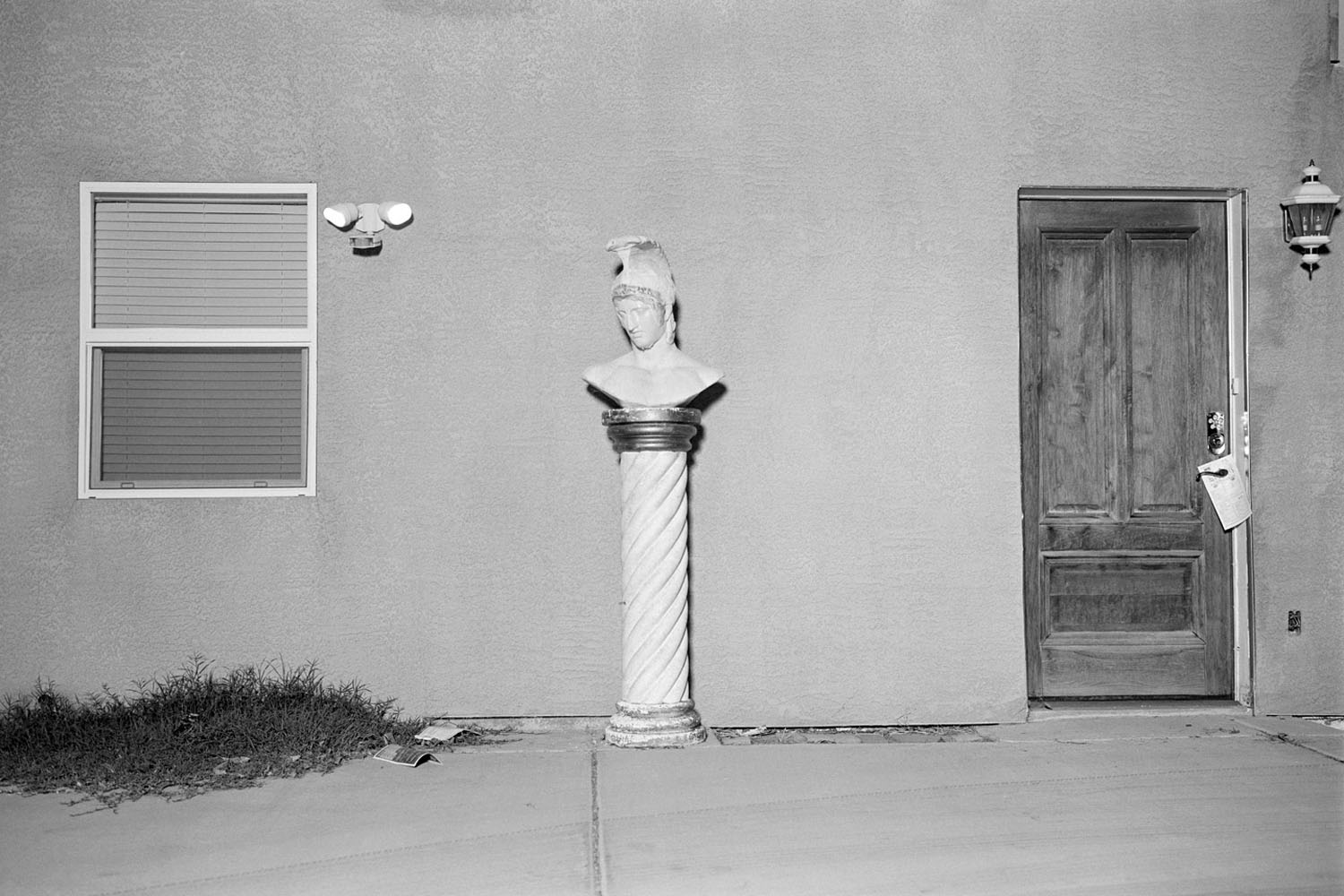
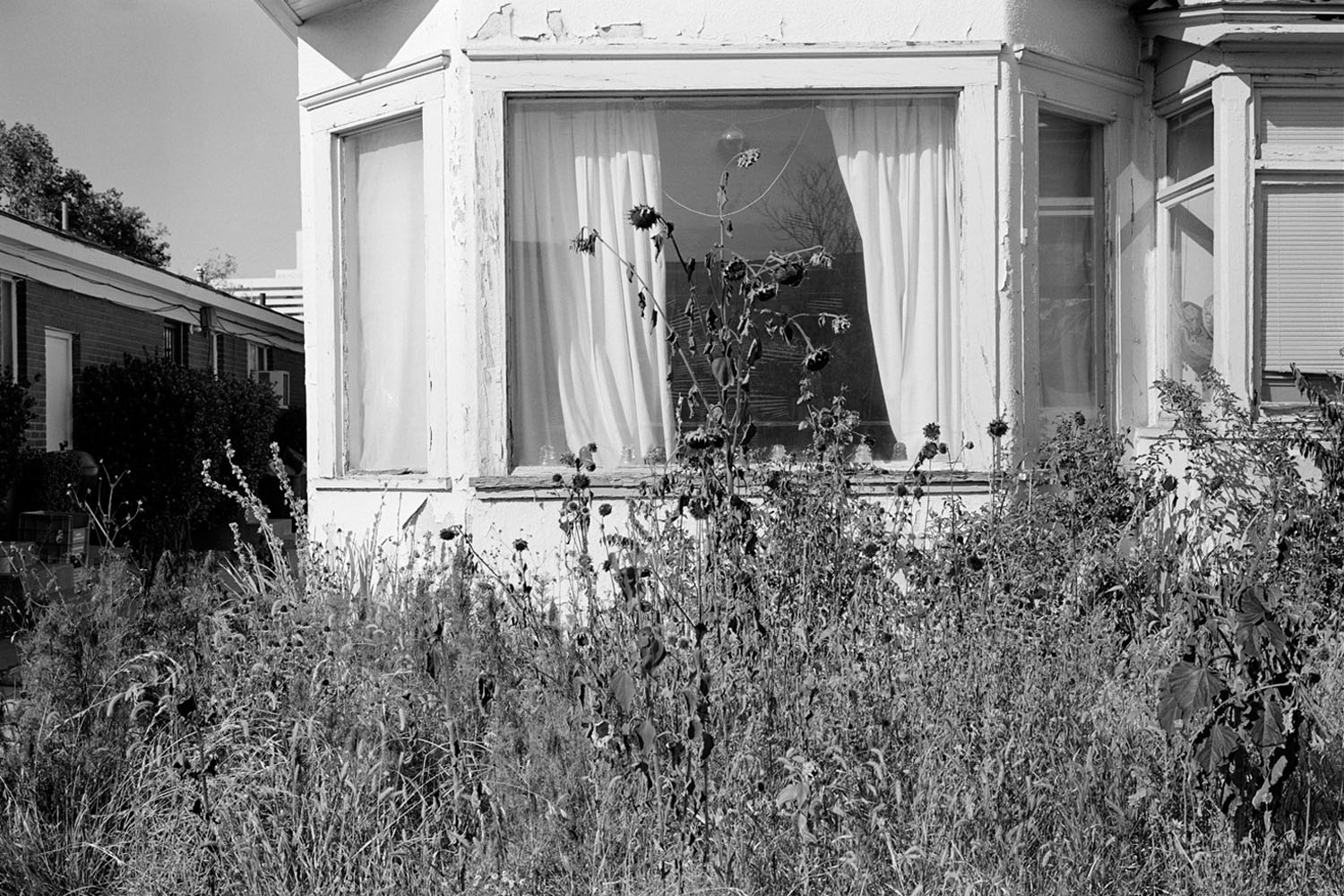
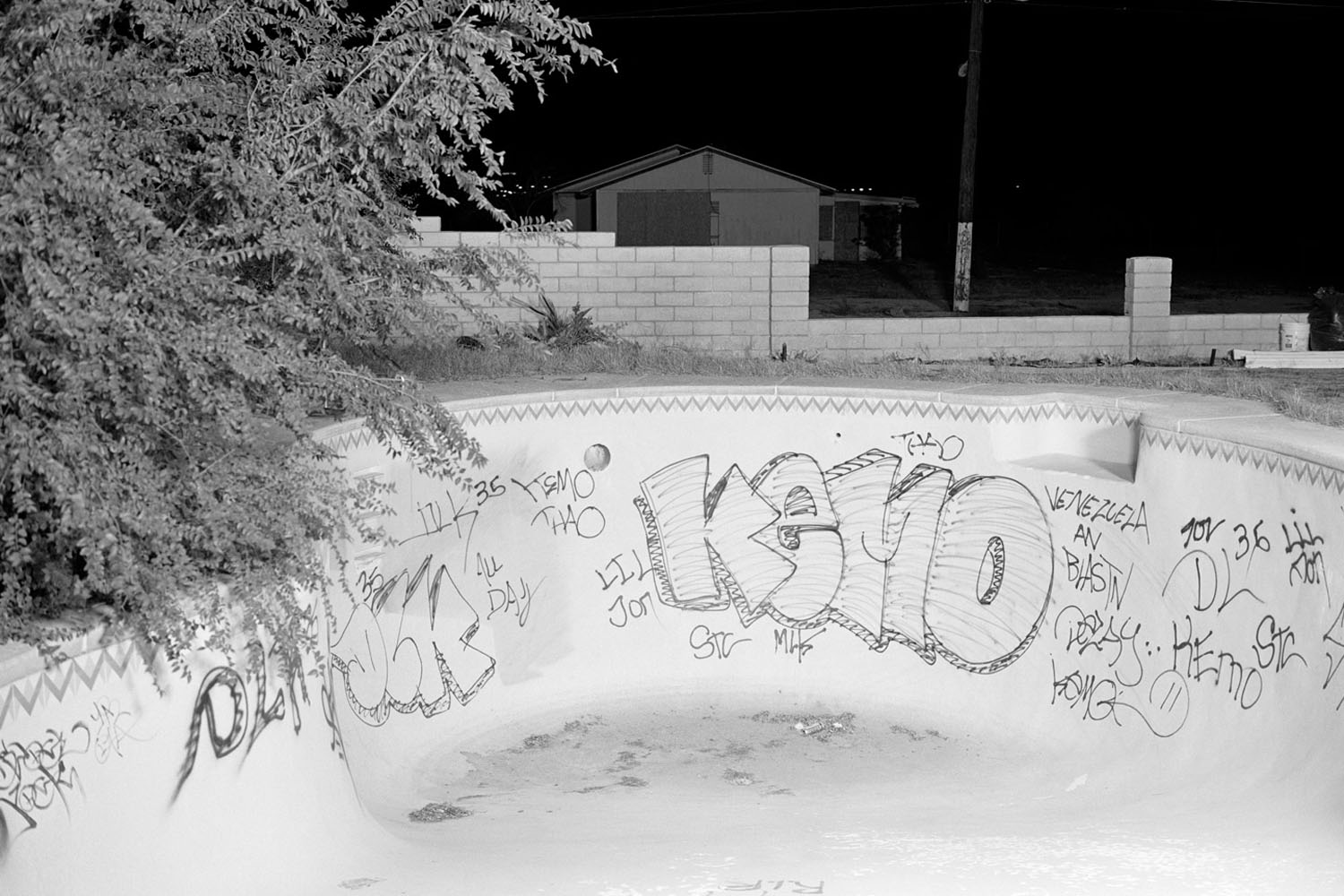
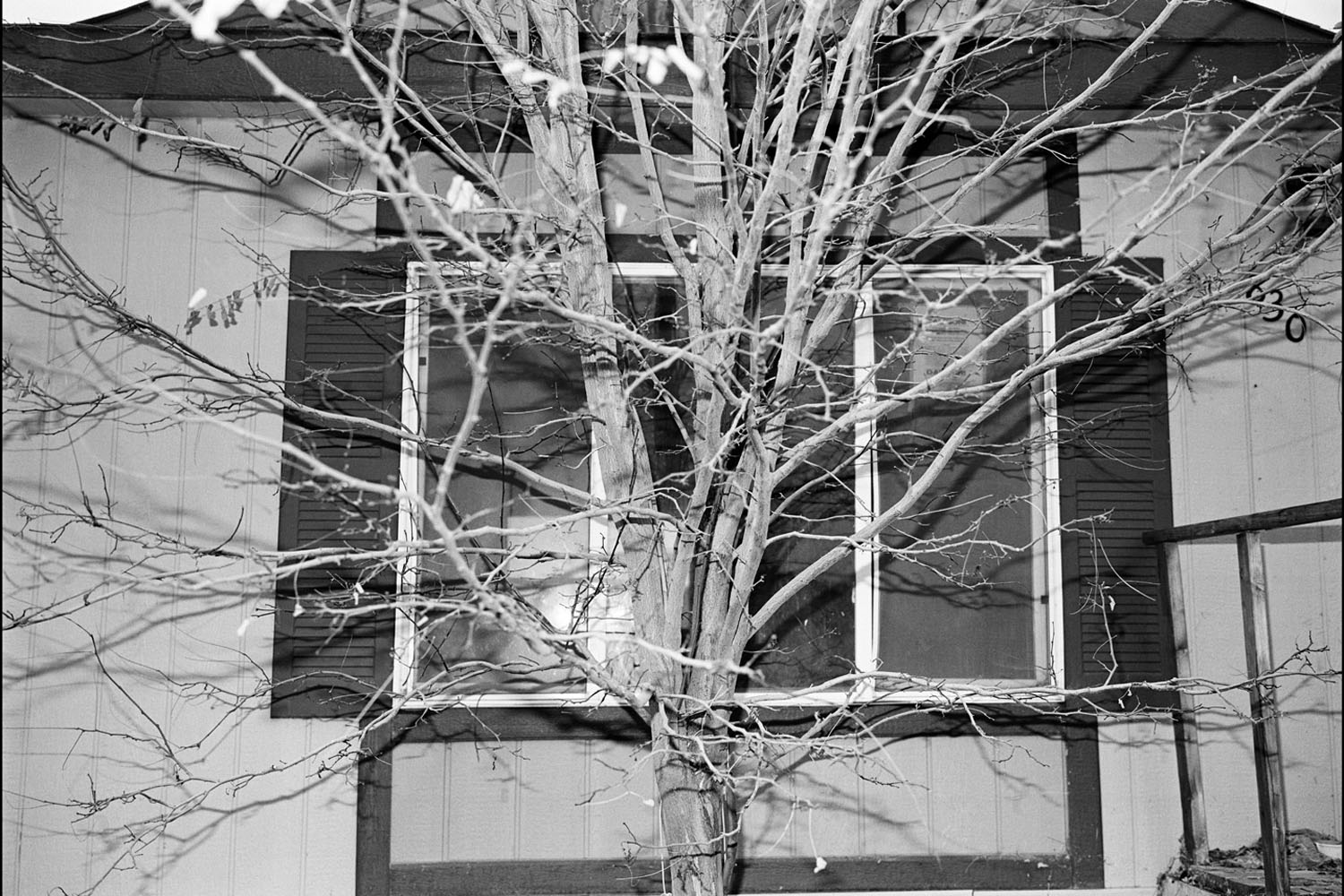
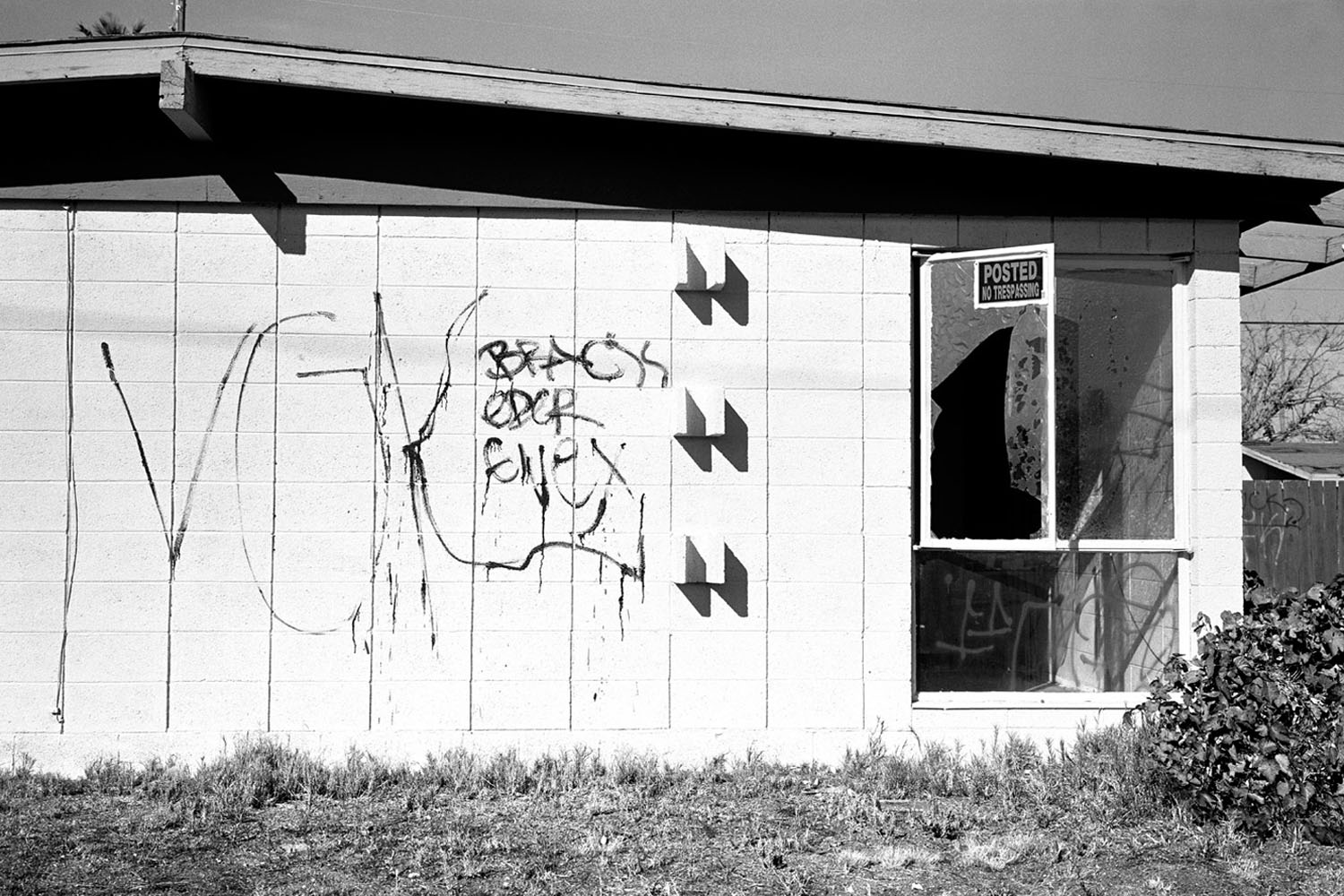
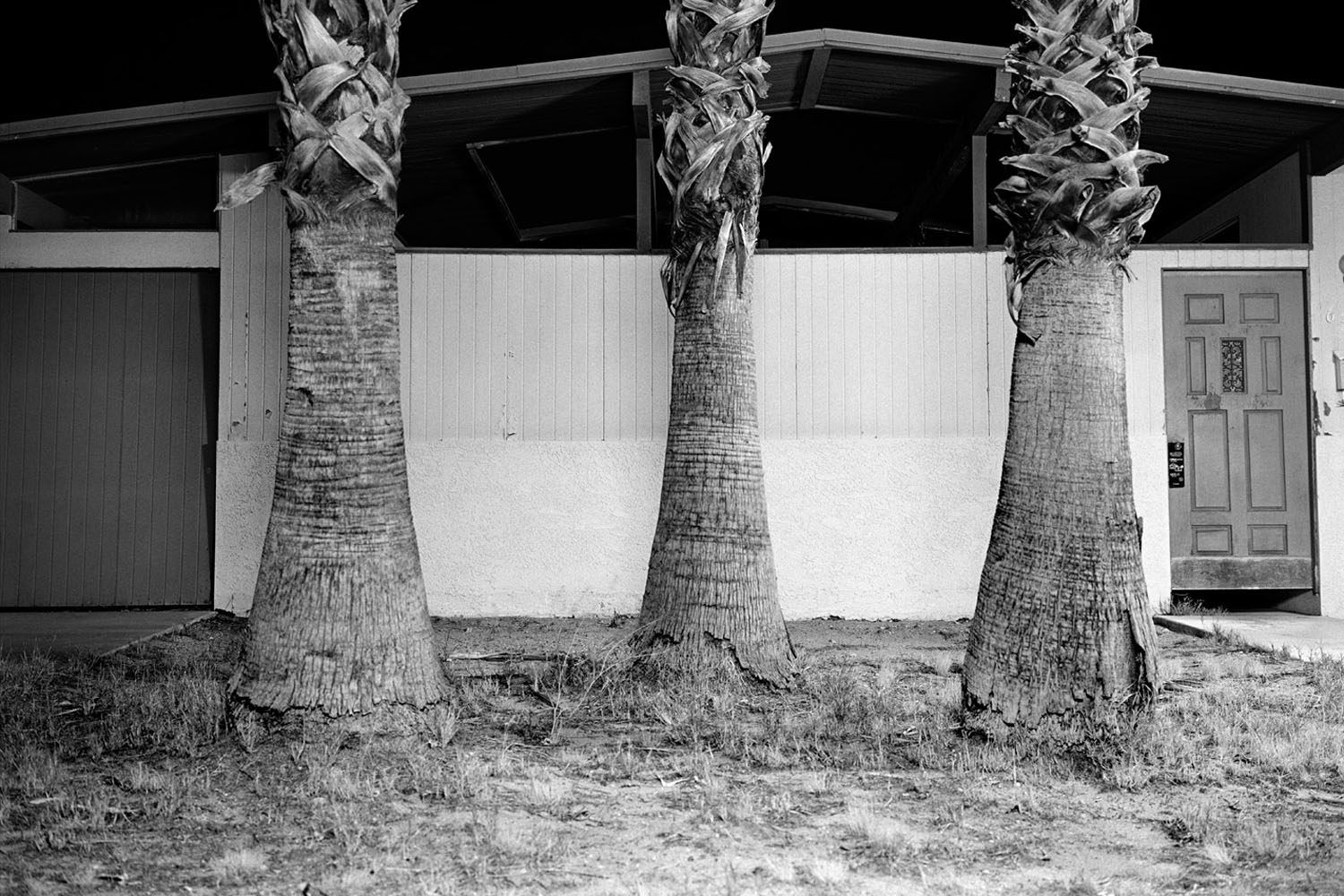
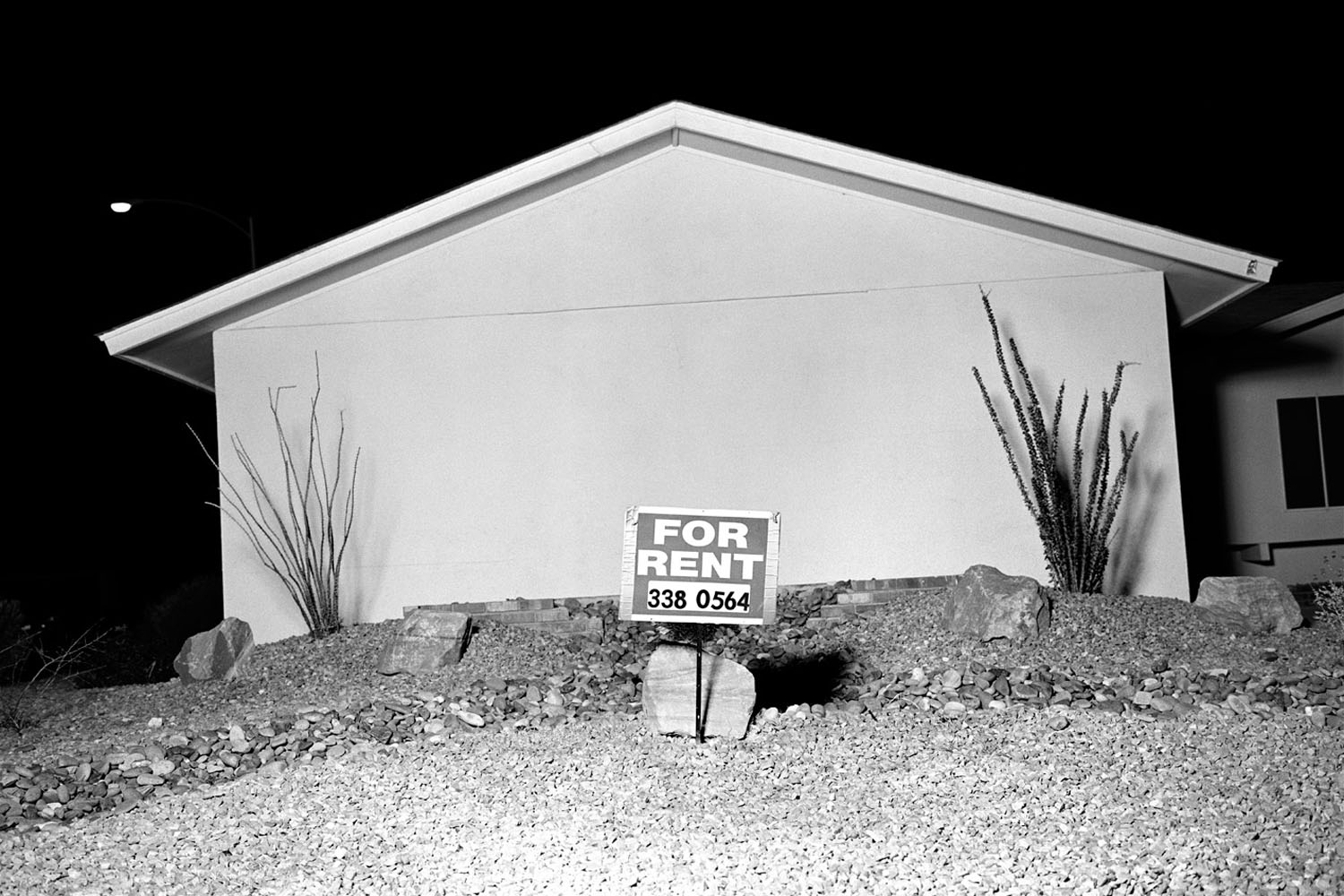
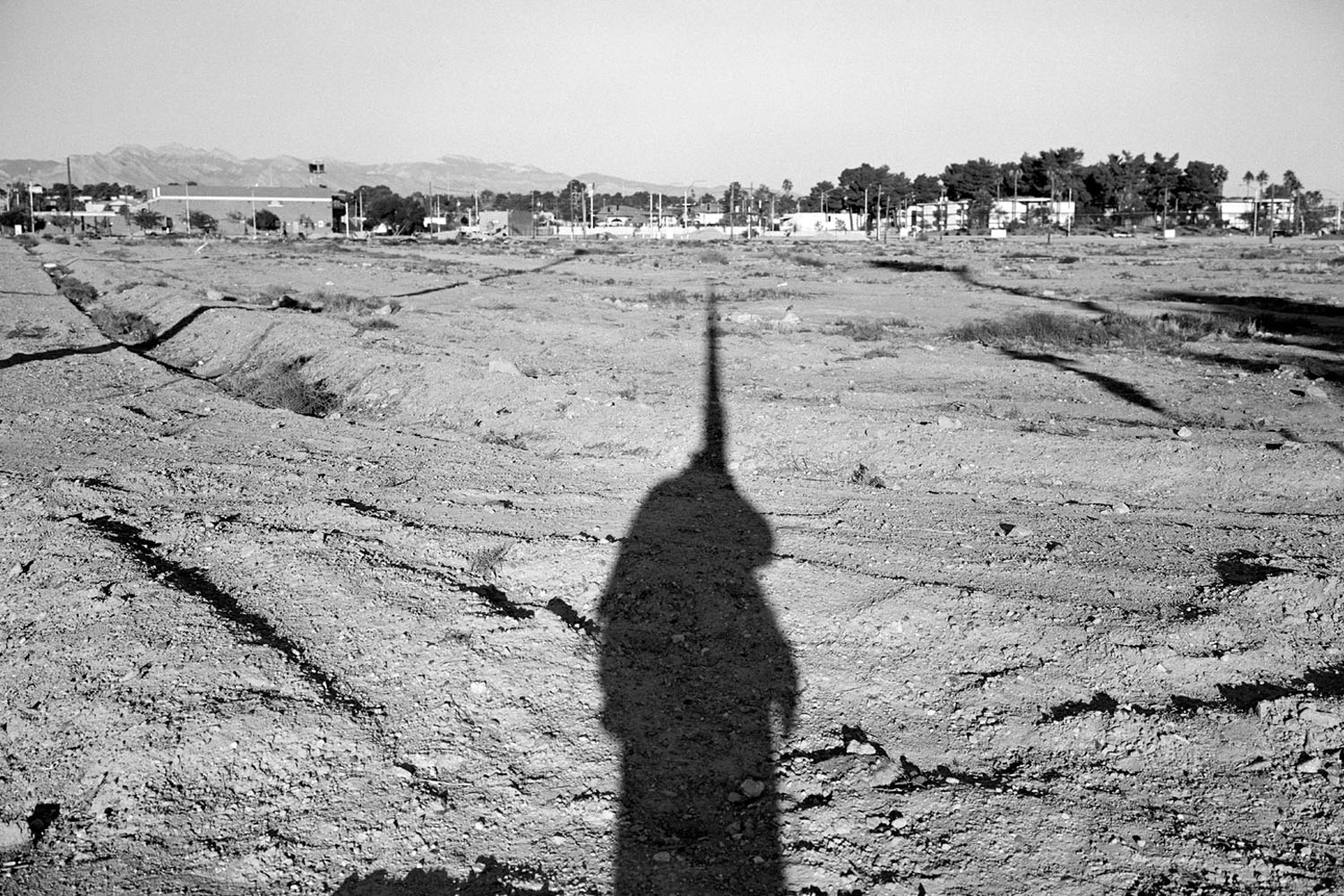
More Must-Reads from TIME
- Why Trump’s Message Worked on Latino Men
- What Trump’s Win Could Mean for Housing
- The 100 Must-Read Books of 2024
- Sleep Doctors Share the 1 Tip That’s Changed Their Lives
- Column: Let’s Bring Back Romance
- What It’s Like to Have Long COVID As a Kid
- FX’s Say Nothing Is the Must-Watch Political Thriller of 2024
- Merle Bombardieri Is Helping People Make the Baby Decision
Write to Lily Rothman at lily.rothman@time.com